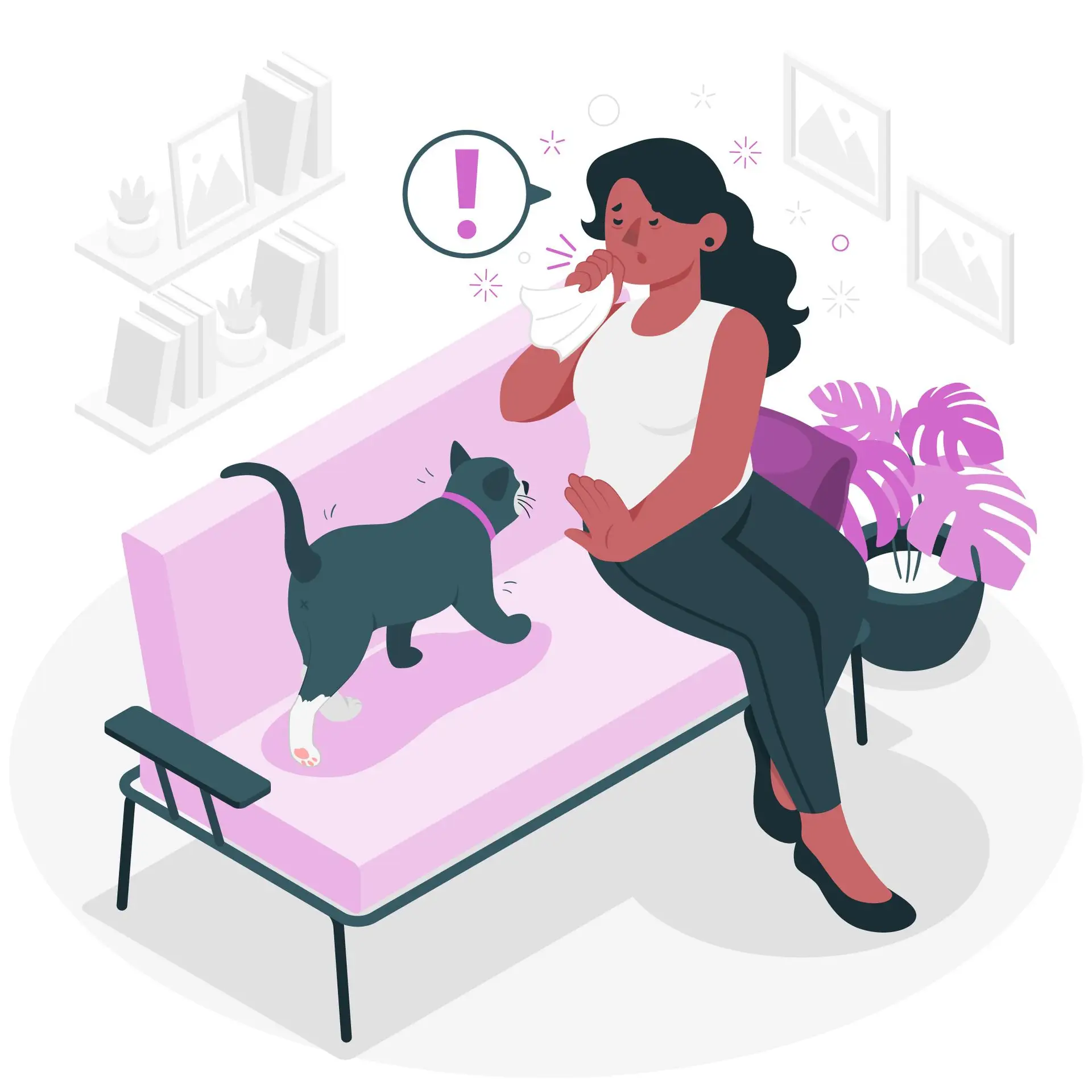Key Facts
- Ailurophobia is a specific phobia characterized by an intense fear of cats.
- In India, data on ailurophobia is limited, but it is estimated that 3-5% of individuals with specific phobias may include fear of cats.
- Cultural beliefs and superstitions surrounding cats in India may contribute to the prevalence of ailurophobia.
- Women and children are more commonly affected by ailurophobia compared to men.
Overview
Ailurophobia is an irrational and persistent fear of cats, leading to avoidance behaviours that can interfere with daily life. Unlike a general dislike of cats, this phobia triggers extreme anxiety, even when encountering pictures or hearing cat sounds. In India, the fear may be exacerbated by folklore associating cats with omens and superstition, particularly black cats being linked to bad luck.
Symptoms and Patterns
Ailurophobia manifests through a combination of psychological, physiological, and behavioural symptoms:
- Psychological Symptoms: Intense fear, panic attacks, intrusive thoughts, dread upon seeing or thinking about cats.
- Physiological Symptoms: Increased heart rate, sweating, dizziness, nausea, shortness of breath.
- Behavioural Symptoms: Avoiding places where cats may be present, refusing to visit friends or relatives with pet cats, difficulty walking in open spaces with stray cats.
- Patterns of Ailurophobia: Some individuals experience mild unease, while others develop extreme reactions even at the mere mention of cats.
Risk and Protective Factors
Risk Factors:
- Personal Experience: A past traumatic incident involving a cat (e.g., being scratched or attacked) can trigger ailurophobia.
- Genetics and Family Influence: A family history of anxiety disorders or phobias increases susceptibility.
- Cultural and Superstitious Beliefs: Myths about cats bringing misfortune may reinforce the fear in Indian communities.
- Media Influence: Negative portrayals of cats in movies, television, and folklore may contribute to phobia development.
Protective Factors:
- Early Exposure to Cats: Positive interactions with cats during childhood may prevent fear development.
- Mental Resilience and Coping Skills: Learning to manage anxiety and stress can mitigate phobia onset.
- Supportive Environment: Encouragement from family and friends to address fears rationally can reduce avoidance behaviour.
Treatment and Care
Effective management of ailurophobia involves a combination of psychological therapy and coping strategies:
- Cognitive-Behavioural Therapy (CBT): Helps reframe irrational fears and gradually expose individuals to cats in a controlled manner.
- Exposure Therapy: Step-by-step desensitization, starting with pictures of cats and eventually real-life encounters.
- Relaxation Techniques: Breathing exercises, meditation, and mindfulness can help manage panic responses.
- Medication: In severe cases, anti-anxiety medication may be prescribed under professional supervision.
Psychological and Psychosocial Interventions
- Individual Therapy: One-on-one counselling sessions to address underlying fears and develop coping mechanisms.
- Group Therapy: Sharing experiences with others facing similar phobias can provide emotional support and motivation.
- Education and Awareness Programs: Addressing misconceptions about cats in Indian society through community workshops and awareness campaigns.
- Animal-Assisted Therapy: Gradual exposure to trained therapy cats in a safe and controlled environment can help individuals overcome fear.
Conclusion
Ailurophobia, though less discussed, can significantly impact individuals in India due to cultural influences and personal experiences. Raising awareness, fostering positive associations with cats, and seeking professional help can help individuals manage and overcome this fear. Addressing ailurophobia requires a combination of psychological interventions, support systems, and societal efforts to dispel myths and misconceptions surrounding cats.


